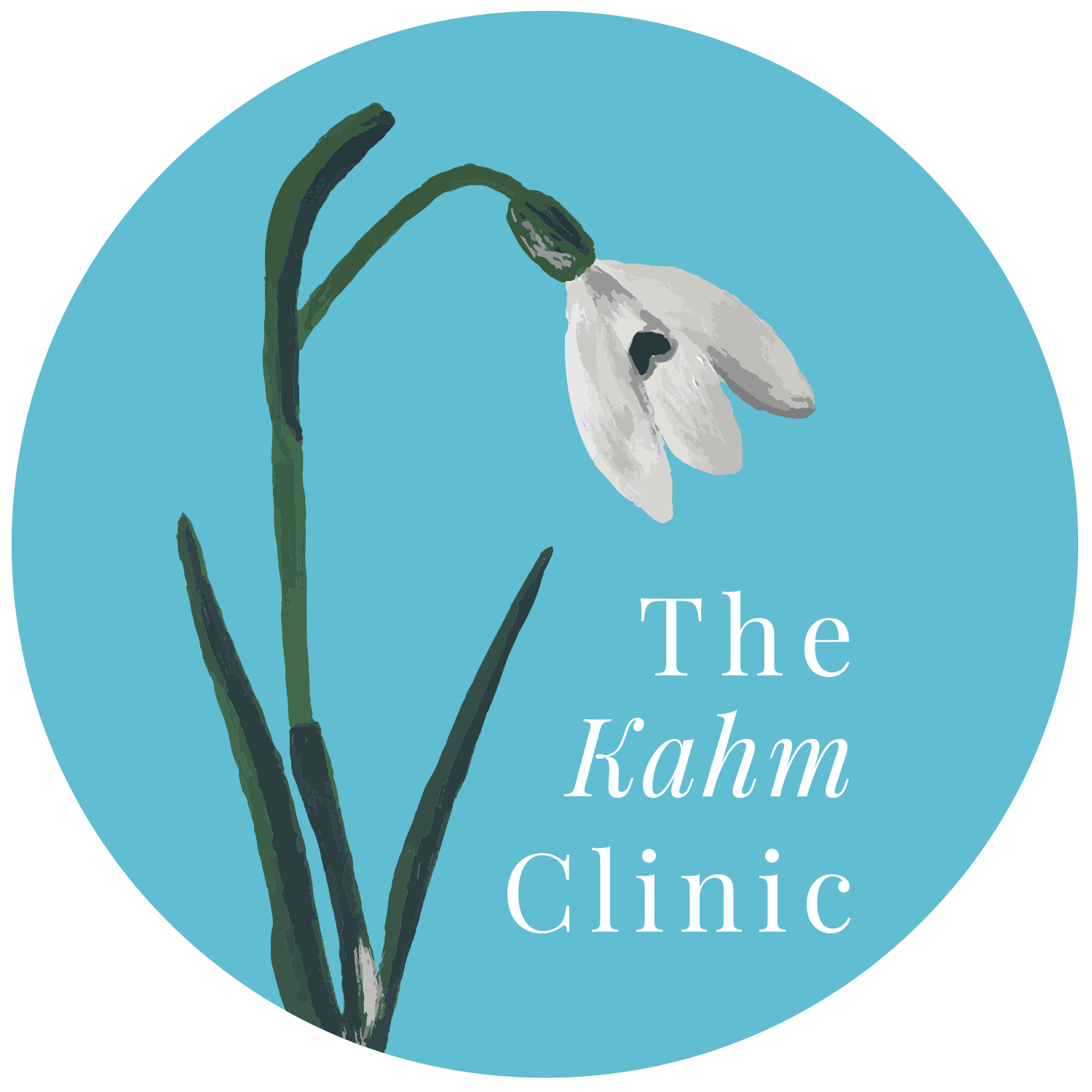Emotional Eating: A Pendulum Metaphor
Individuals struggling with emotional eating — also known as binge eating, food addiction, or sugar addiction — often fall into one of two categories. The diagnostic criteria relates to the amount of food consumed, the particular times that food is consumed, and the frequency of consumption over a certain period. Other patients identify with other characteristics of this eating disorder, including a lack of control around eating or guilt and shame after eating.
When a client comes to us seeking help for emotional eating, there are two important truths we first acknowledge.
1. Eating serves as a powerful coping mechanism when dealing with trauma, anxiety, depression, loneliness, and other intense feelings.
Food can be an extremely effective strategy for dealing with strong emotions. At The Kahm Clinic, our clinicians recognize and respect this mindset. We give our clients permission to use food as a coping mechanism, regardless of body size or overall health, as they pursue professional help to adopt better strategies.
2. There is planned eating and unplanned eating.
Planned eating refers to the choices you make and the ways you nourish yourself intentionally throughout each day. Unplanned eating, then, is unintentional choices — those impulsive decisions you make without hunger signals or with extremely strong hunger signals after a period of restriction.
Although they are opposites, planned and unplanned eating are very much connected.
Let’s think of it like a pendulum. To start, we look closely at someone’s overall eating to determine if they are pulling the pendulum back during planned eating — restrictive behaviors like eliminating meals, avoiding entire food groups, choosing smaller portions, or choosing a “healthier” option. Once the pendulum is pulled back, the only thing holding it in place is willpower. Willpower, though, is finite and only lasts for so long. After a change to your daily routine (such as a vacation) or a challenge in your personal or professional life (like stress over a project at work), you may let go of the pendulum, causing it to swing towards unplanned eating.
When this reaction occurs, you may find yourself making food choices that you’d normally never make, like eating past fullness. At this point, the biological drive to restore your calories takes over. Your body feels the need to consume your daily calories as well as the backlog of nutrition that you previously restricted. Your digestive system has trouble managing this high volume of food intake, often leading to physical discomfort.
This pendulum swing creates a vicious cycle of emotional eating.
The repercussions of unplanned eating often lead you to restrict again in an effort to avoid the guilt, shame, and body aches that you feel after binge eating. You pull back the pendulum — until your willpower runs out and you experience another binge.
Understanding this relationship between planned and unplanned eating allows you to be more curious about your food decisions and the ways you nourish your body. You can then look back throughout each day or week and critically evaluate your food patterns, identifying where your choices veer away from what your body truly needs.
At The Kahm Clinic, we want to help you find the center of your pendulum — that place where your nutrition needs are met and your “swings” are less severe. This balance helps to decrease the emotional and physical discomfort that you may experience around food.
Subscribe to our YouTube channel for more video content. To talk to a professional about eating disorder treatment, please reach out to our staff or schedule an appointment at The Kahm Clinic today.

